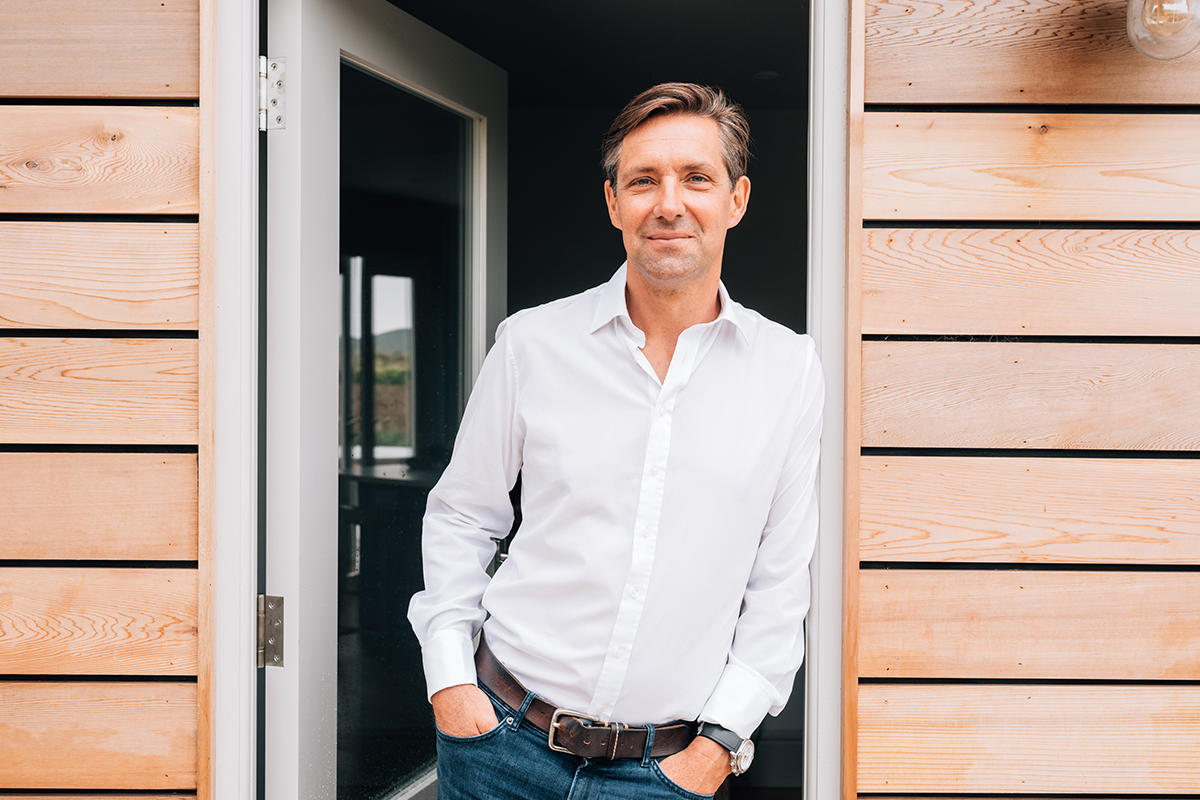
Simon Hodges photographed by Matt Porteous
Life coach Simon Hodges has transformed the lives of royalty, entrepreneurs, billionaires and their families. In this month’s column, he reflects on his own unwanted feelings and offers advice on how to break out of self-sabotaging patterns of behaviour
I am writing this month’s column from the beautiful island of Mallorca, taking a break from the endless stream of Zoom calls, and the repetitive rhythm of life under the cloak of the pandemic.
Ten days into my holiday, I find myself reflecting on how I could have let my life become somewhat grey and joyless, even a little anaesthetised. Yes, I know that this is a big admission from a life coach and some of you may quite rightly question my ability to what I preach! But what I’m able to see clearly now is that these unwanted feelings crept up on me, like a fog that moves slowly and purposefully through the valleys, finally reaching even the higher ground.
Follow LUX on Instagram: luxthemagazine
That is to say, it can be hard, in these times, to know your ‘up from down’, your ‘right from wrong’. Your compass loses its bearings and you end up feeling lost. So, how can we begin find our way again?
Breaking old patterns
One of the most powerful tools we are taught as life coaches is the use of a “pattern interrupt.” In layman’s terms, this is a simple technique to stop a client in his / her tracks when, as a coach, you can see he / she is repeatedly playing out a self-sabotaging pattern of behaviour. A classic example of this is when I see a client consistently rationalising unwanted circumstances by blaming others or external factors. This kind of behaviour keeps you stuck in victim mode, which is a fear-based way of thinking and feeling, and ultimately, it’s self-sabotaging. If you want to see positive change in your life, including your relationship with others or your career, you first need to change the way you show up and start taking responsibility and ownership for your circumstances and recognise that this is always in your control.
When I am coaching a client and I can see they are stuck in a self-sabotaging pattern, I might choose to radically change the tone and pace of my voice, throw in a swear word or make a joke about what I just heard them say. This usually gets that person’s attention and stops the client in his / her tracks because they are shocked! This in turn makes them pause and reflect for a moment on what just happened and why.

A cove off the coast of Mallorca. Photo by Eugene Zhyvchik
Good things happen when we stop and reflect
It is only when we stop and reflect that we open the doorway to new ways of seeing. For me, Mallorca, where the sun shines most days, where the language, culture, food and rhythm of life is so different from my norm, has been my “pattern interrupt.” It has forced me to stop, and realise that I was stuck in an unwanted pattern of behaviour.
Read more: A guide to Beirut by architect & musician Carl Gerges
My challenge to you is to consider the following simple questions and then ask yourself if you, too, need a “pattern interrupt” and a shift in perspective:
- What are the prevailing emotions you are feeling day to day, week to week? Please label them and if you can, list them in order of their frequency (i.e frustration, resentment, anger, sadness, joy, contentment, peace, hope, gratitude) and consider whether you like what you read!
- What is missing from your life right now that you want more of? Again, please be as precise as you can be….i.e. ‘I miss freedom, I miss variety, I miss spontaneity, I miss connection, I miss fun.’ And consider what you are prepared to do to prioritise just two of these in your life moving forward.
Change it up!
Finally, be kind to yourself. Don’t beat yourself up if you find that you’re stuck in a self-sabotaging pattern; if in doubt, you can always change something. As Einstein said (possibly not in these exact words), “The definition of insanity is to do the same thing and expect different results.”
We all need variety in life. We all need a break from the routine, the mundane and definitely from the relentless. So, please give yourself the gift of “shaking the trees” and pattern interrupt yourself out of the fog!
Find out more about Simon Hodges’ work: simonhodges.com; @simonhodgescoaching

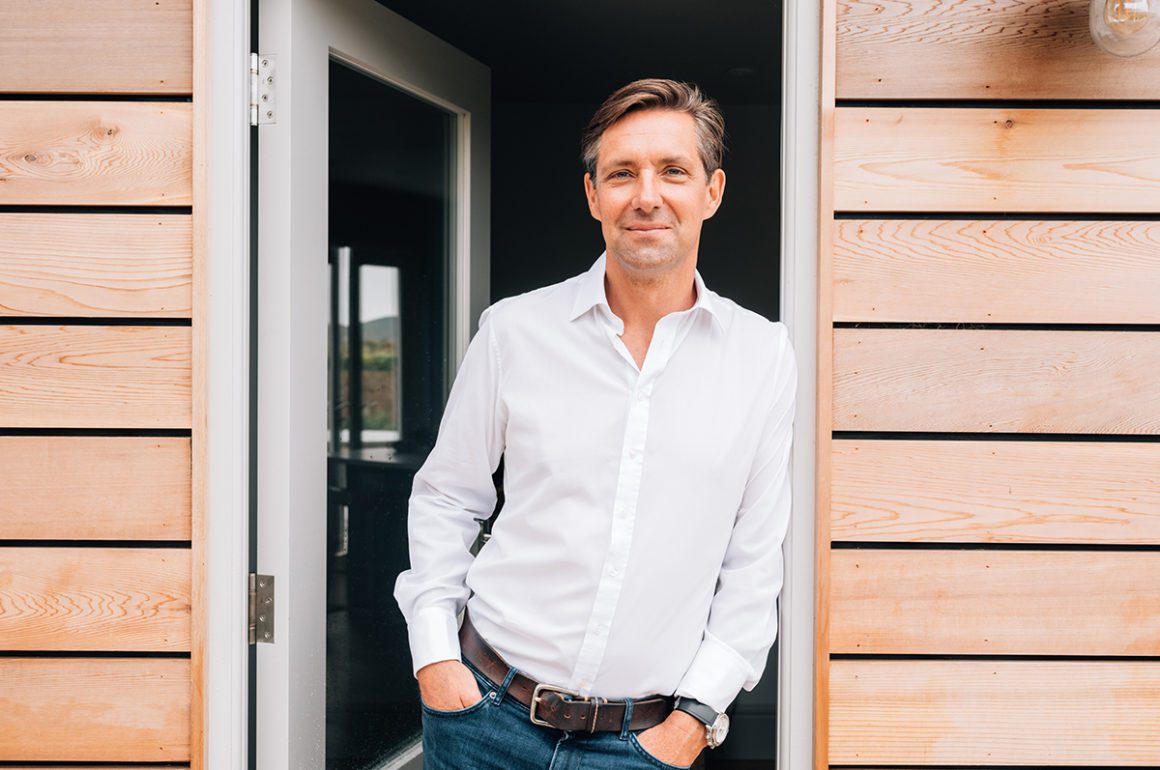
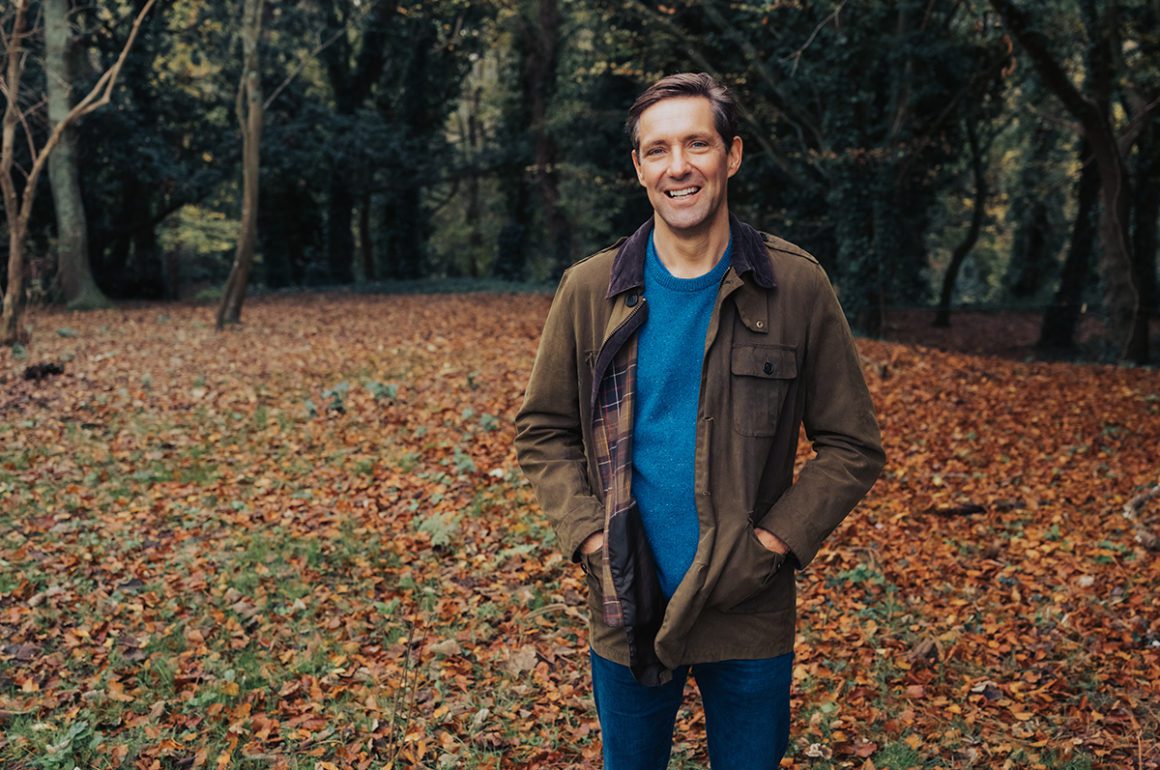
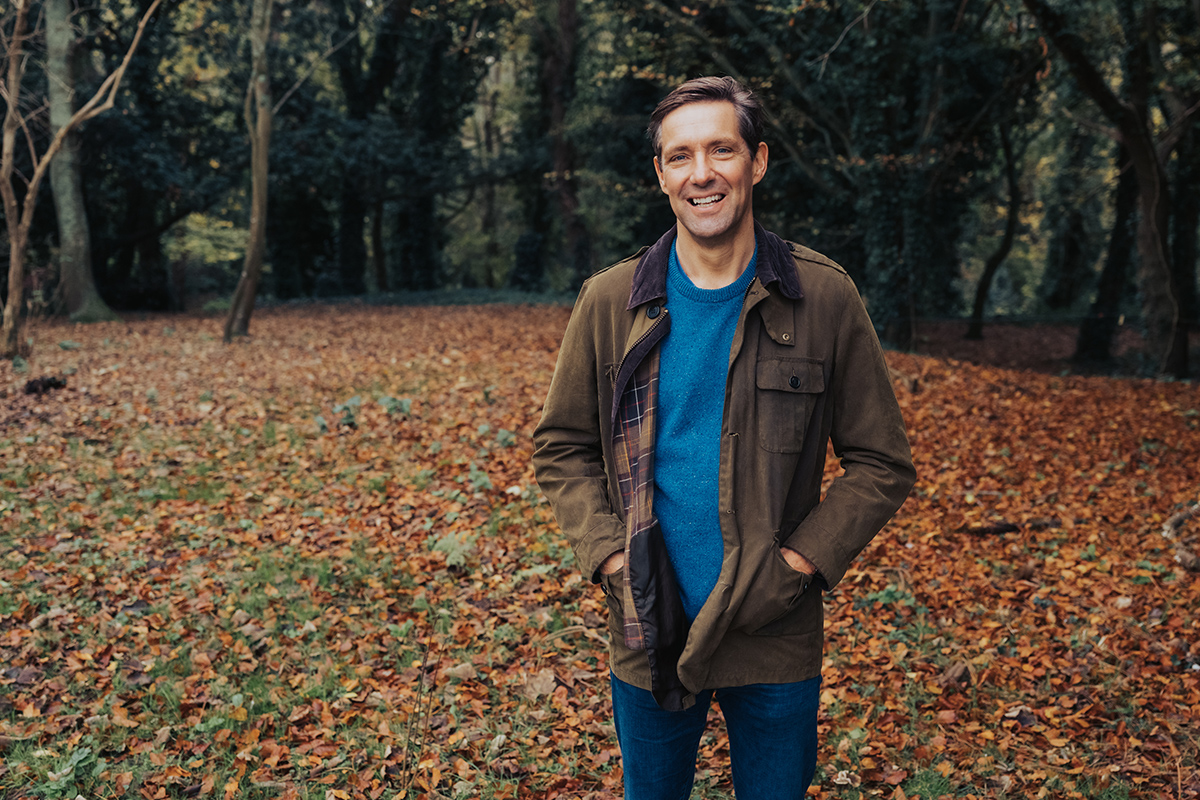


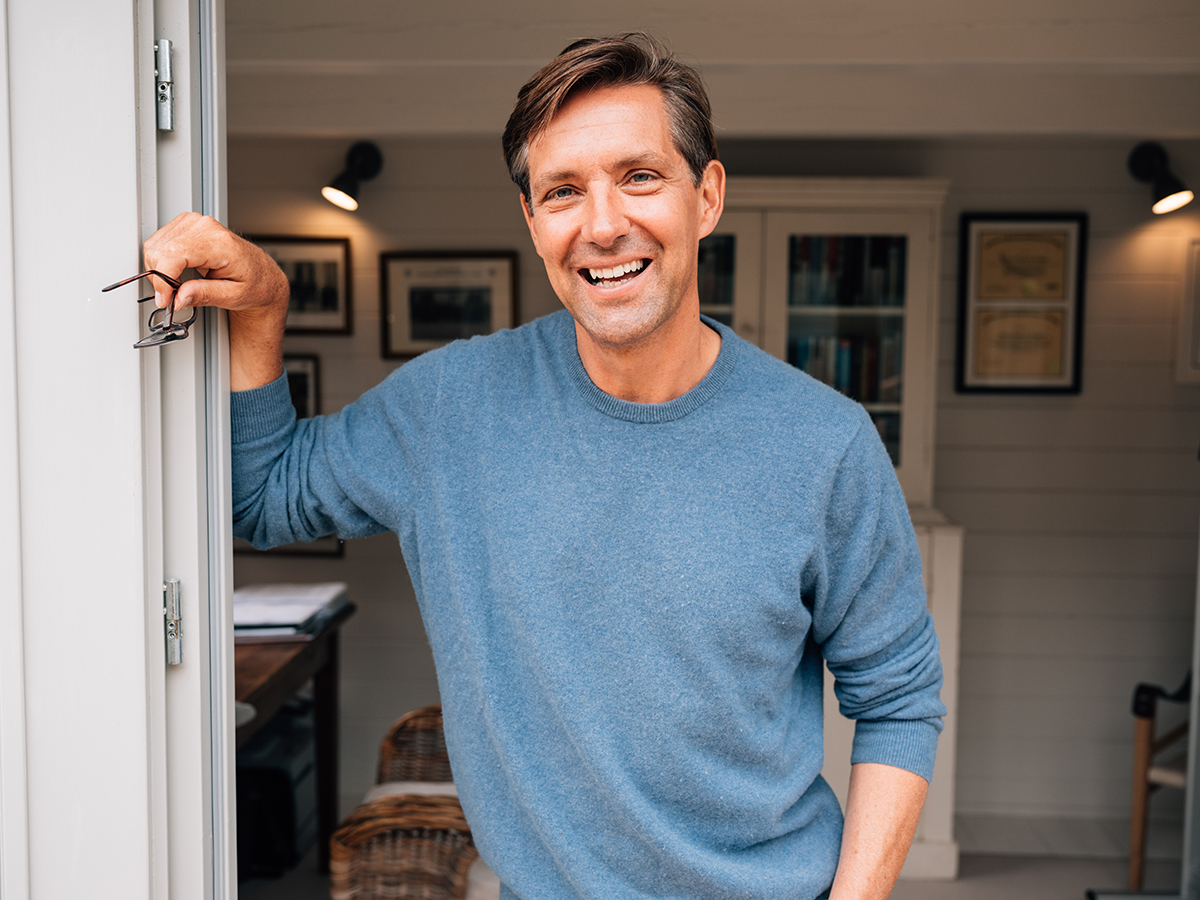



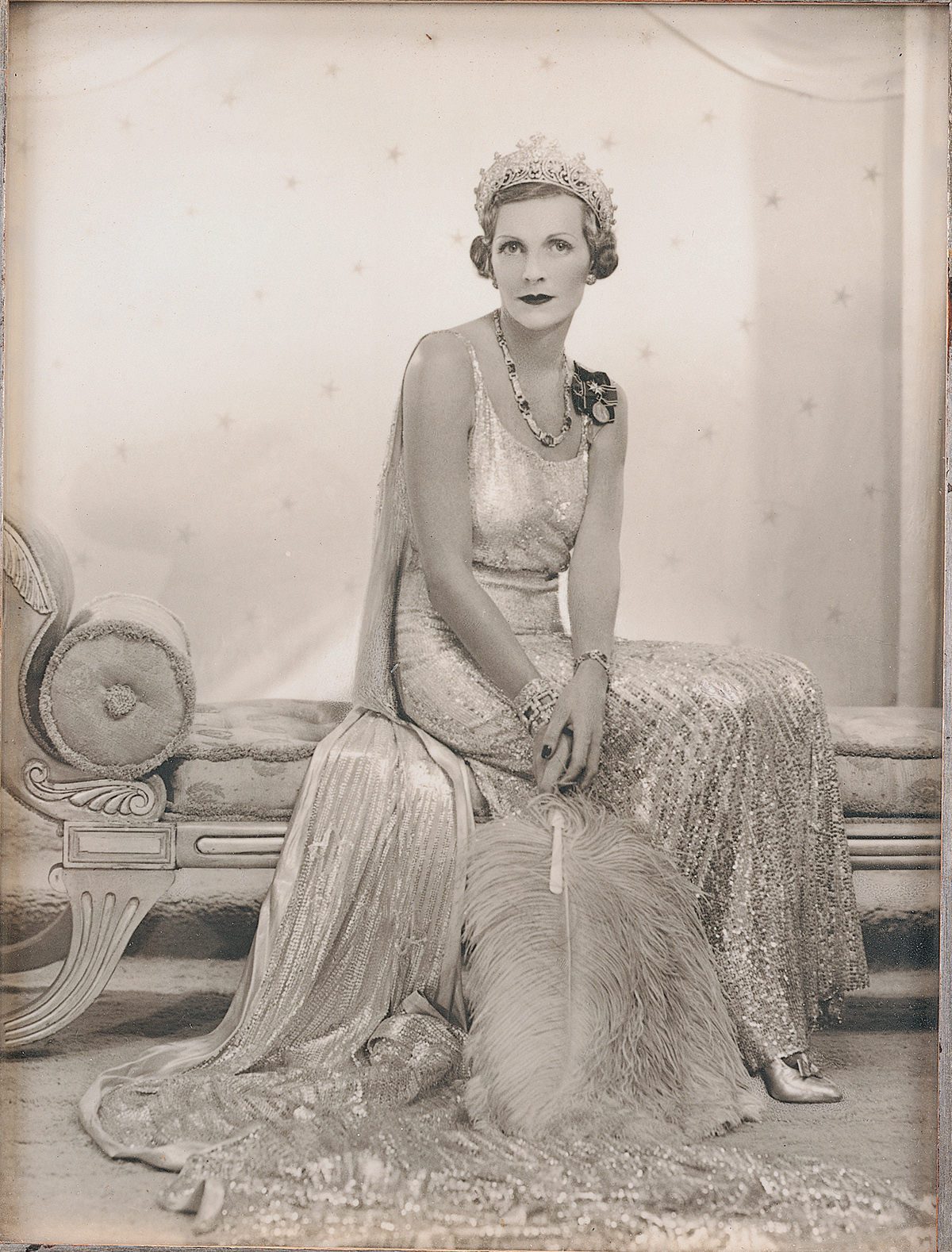
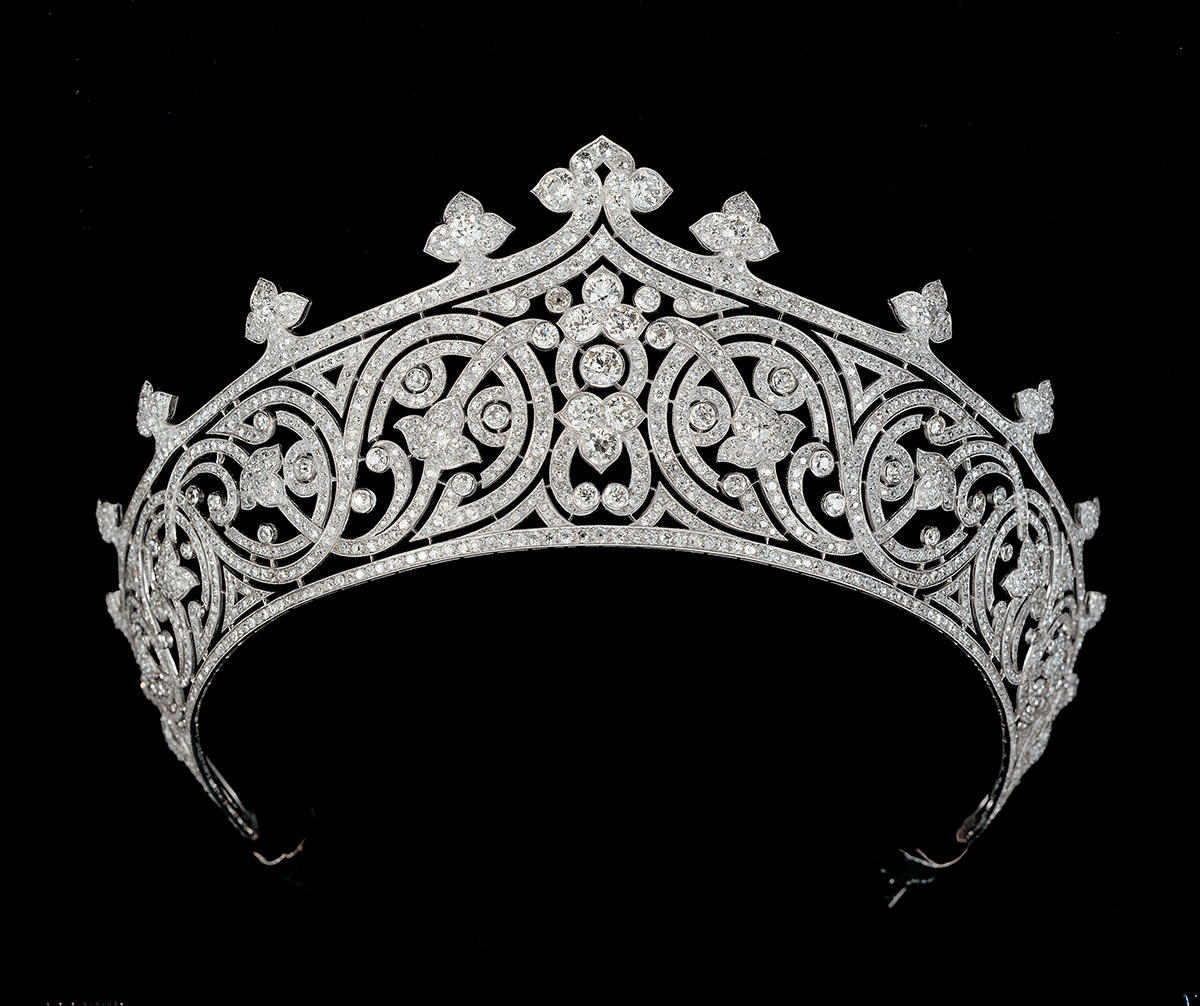
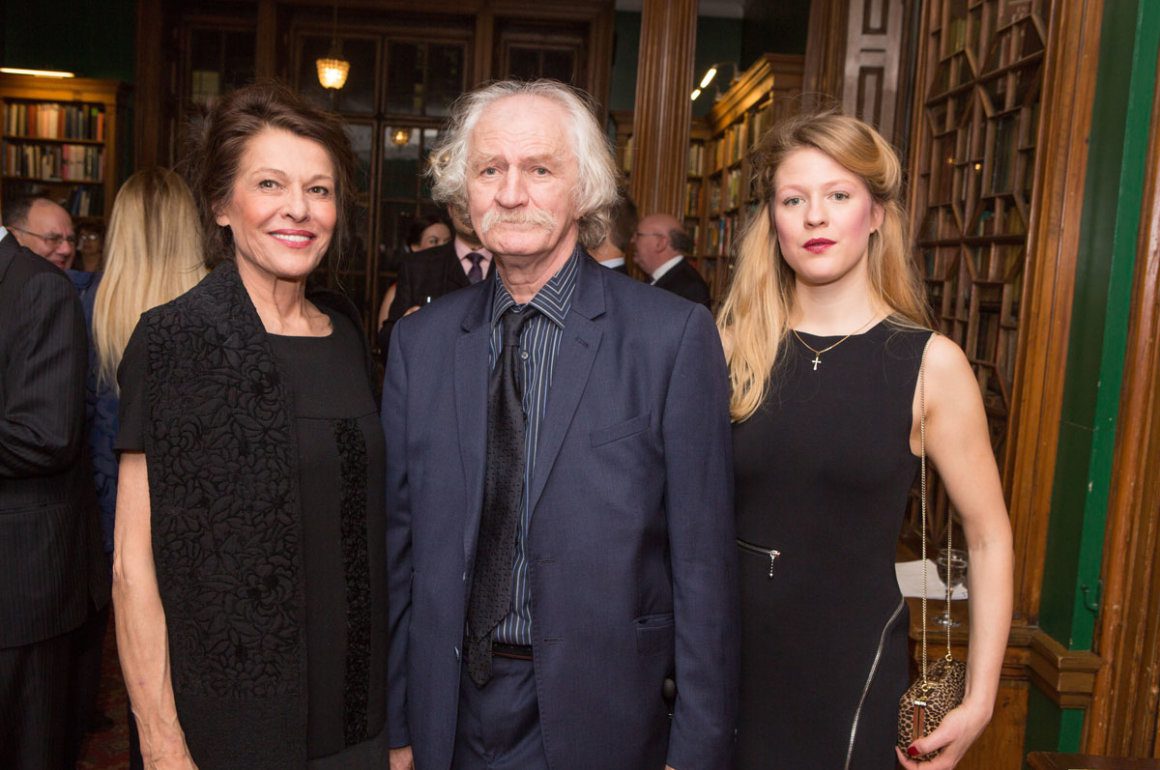
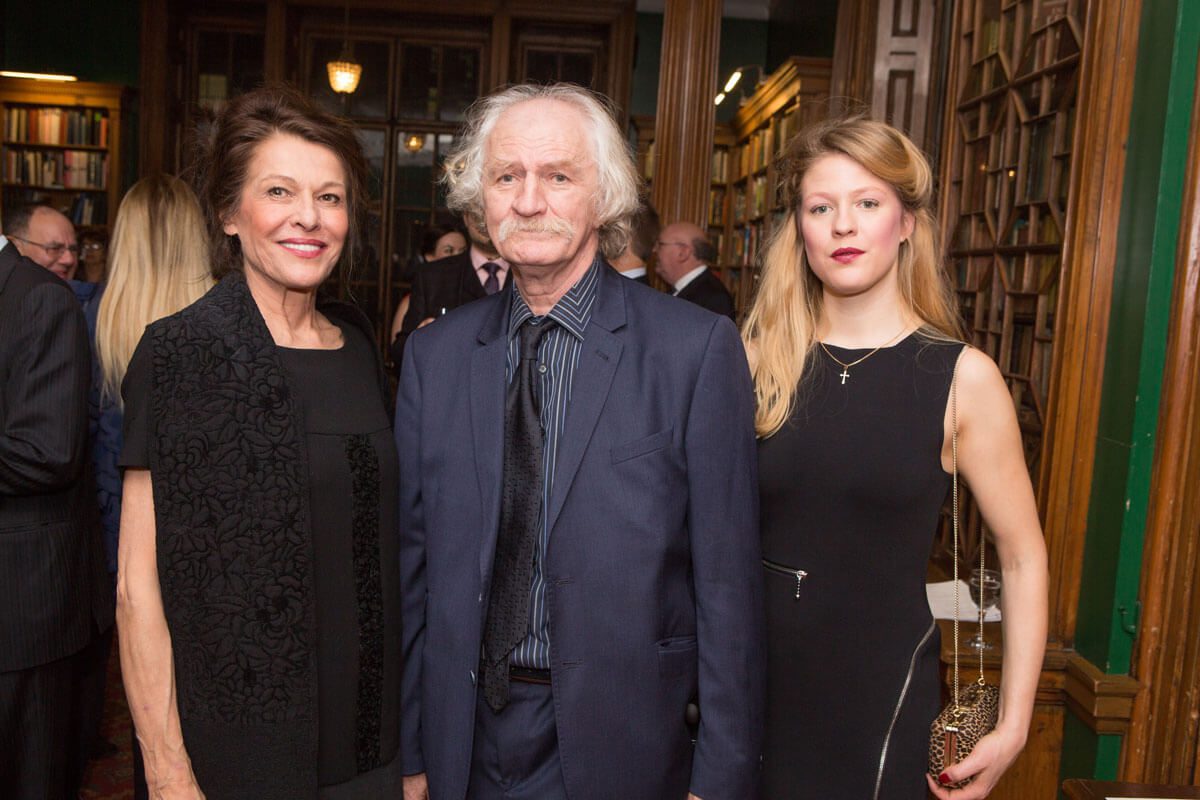





Recent Comments